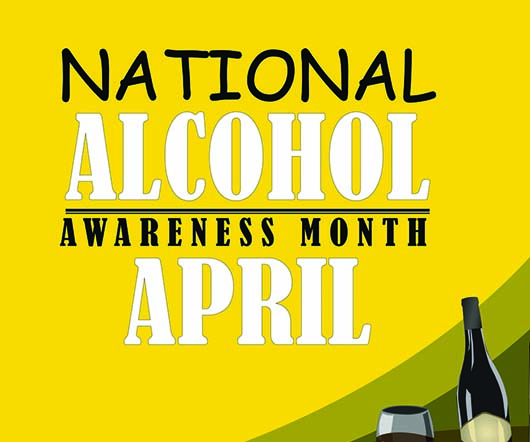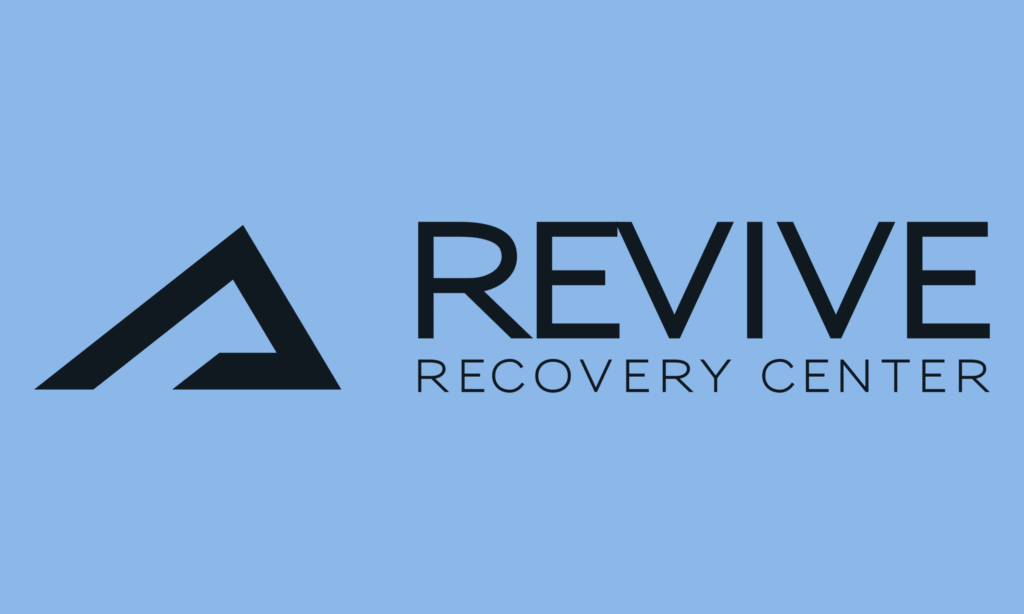By Seth Born Finding help for a loved one battling addiction can feel like a daunting task: Which facility is the right for them? Whose services should I use? What...
By Seth Born
Finding help for a loved one battling addiction can feel like a daunting task: Which facility is the right for them? Whose services should I use? What kind of treatment do they need?
There are many factors to consider when weighing these issues, but most importantly is finding the proper level of care. In order to find the right facility for treatment, it’s essential to understand where in the spectrum of recovery services your loved one fits.
The intensity and length of the user’s drug and alcohol abuse/dependency history often is the most important factor when determining the proper level of treatment intervention.
When the family is at a point of crisis the experienced help of a certified interventionist is the ideal starting point, especially if the user is unwilling to seek, or even discuss, treatment. The treatment process then begins with a detoxification, often monitored by medical personnel, to ensure the loved one is stabilized to receive treatment.
Below is a list of the Recovery Spectrum and the typical, approximate time frame for each phase:
Intervention
- Detoxification (1-7 days)
- Primary, In-Patient therapy (28-90 days)
- Secondary or Outpatient treatment – IOP, OP, Aftercare (180 days)
- Structured Residential Sober Living (often combined w/secondary Tx)
- Transitional Living (3 mos.-24 mos.)
- Participation in 12 Step Groups (continual)
- Sober coaching (continual)
Each of the above can be seen on a recovery timeline and are indicated individually or collectively according to how the individual presents and the case management plan. Often, especially for severe cases, it is recommended to begin with a primary, in-patient treatment. This is where intensive educational curriculum is provided and emotional therapy work begins. The time frame of 28 days allows the body and mind to initiate the physical healing process.
In the past, this was where the treatment continuum stopped. The patient was given a “prescription” to attend 12-step meetings, and sent on their way.
Over the course of the last 20-30 years data has shown that this model is ineffective for long-term remission from the disease of addiction. Now it is recognized by the medical establishment, including the AMA and the NIH, that for effective treatment for addiction, a secondary, longer engagement in a recovery center yields the best results.
This crucial, second step in the recovery process ideally includes structured residential sober living coupled with a clinical IOP/OP component. Here the patient is able to continue the critical therapy begun in primary treatment and learn how to live “life on life’s terms.” The rigors of daily life in new sobriety can be distressing, and without a solid support system, the individual will often relapse at this point trying to recover on their own. Having a professional program to guide the individual through this time produces positive results.
Also, if the intervention on the individual is done at an early stage in alcohol or drug abuse, it is possible that a stand-alone IOP program may halt the addiction process before it reaches chronic, late-phase status.
Most programs in the secondary treatment phase are approximately six months in length. This time frame correlates directly with the physiological changes of the neurological system in which the balance of neurotransmitters begins to return to “normal” levels. Due to this fluctuation in the neuro-healing process, Post-acute Withdrawal Symptoms typically manifest, and if not properly managed, can cause the individual to revert to negative coping mechanisms. Having the support of peers and those experienced in the recovery process greatly increases the remission rate and help the individual feel that they are not alone.
After this phase, depending on the individual, it is often recommended the individual step down in the continuum of care to transitional living, also commonly referred to as sober living, or a ¾ house. Here the amount of oversight and regulations lessen, while remaining a safe, sober environment. The individual is also encouraged to continue individual therapy and 12 step participation. This phase allows the individual to ease back into their independent life.
This spectrum illustrates that recovery from drugs and alcohol is an active process and not a one-time event. Although for some, it may seem that these time frames are too lengthy to engage, it is also important to remember that by increasing the odds with continued care your loved one can gain lasting remission from chemical dependency, and go on to lead healthy, productive, happy lives—which makes it all worthwhile!
If you or a loved one needs help finding appropriate treatment for someone battling with addiction or alcoholism, please reach out for help and make sure you chose a licensed, certified facility.
For a list of certified sober living facilities visit www.myAzRHA.org
Seth Born is the Outreach and Marketing Coordinator for Chapter 5 Recovery, a non-profit organization dedicated to helping those in need find recovery. Their facilities encompass the continuum of care. Seth can be reached at [email protected]. Chapter5Recovery.com. Helpline: 888-541-0690


























